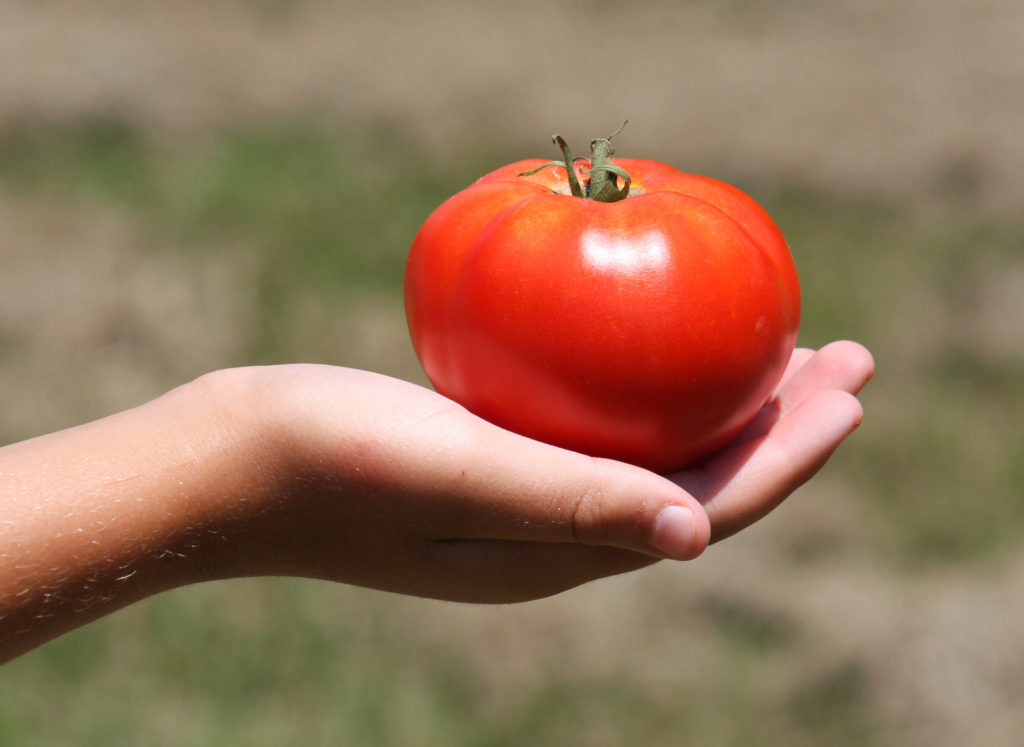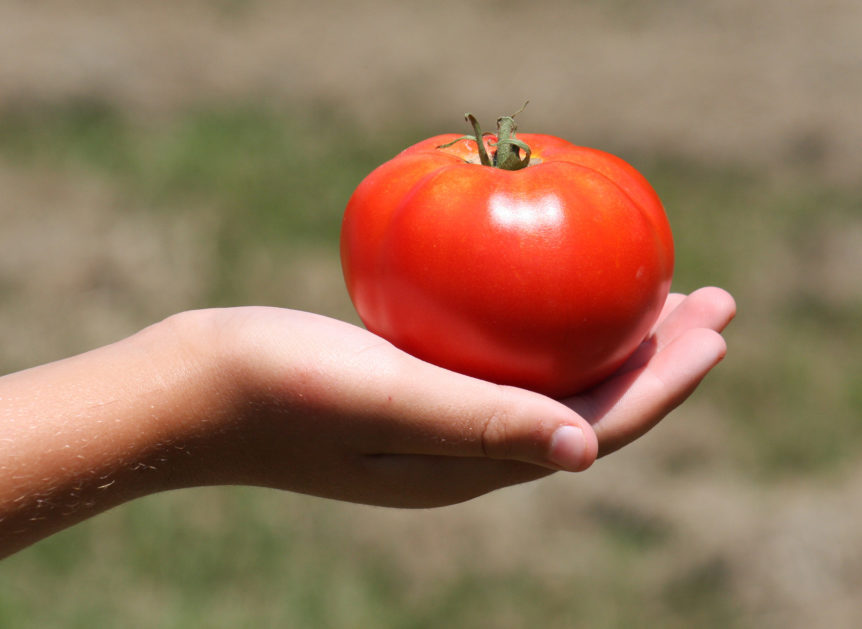
This is the second in a two-part series on the disease and UF/IFAS research.
By Clint Thompson
A research team led by plant pathologists with the University of Florida Institute of Food and Agricultural Sciences (UF/IFAS) has found the pathogen that causes bacterial spot in tomatoes has multiple genetic variations.
Gary Vallad, a plant pathology professor at the Gulf Coast Research and Education Center and research co-author, discussed Xanthomonas euvesicatoria pathovar perforans (XEPP), the bacteria that causes the destructive disease.
“The ability to sequence entire genomes of bacteria has really given us a lot of information that we didn’t have accessible before. Keep in mind in Florida, we’ve been dealing with bacterial spot as long as they’ve been growing tomatoes in the state of Florida,” Vallad said.
Diversity Within the Bacteria
This new form of bacteria was first discovered in Florida more than 30 years ago and has spread throughout the eastern United States. Research helped Vallad and his colleagues to identify diversity within the XEPP populations which had made it a challenge to develop resistant varieties.
“We knew what was causing the disease, but we didn’t know the diversity of the pathogen itself,” Vallad said. “We thought that if we had XEPP here, it was genetically very similar to all the other XEPP throughout the world and even in Florida, and we thought we had almost a clonal population where pretty much they all looked exactly the same genetically. What we found is that they’re not.
“At least with the knowledge of this diversity and especially since we have whole genome sequence of these different strains, we can identify features that are conserved within the bacteria to try to target for developing new sources of resistance in the plant,” Vallad added.
The 12-year study led to scientists collecting the pathogen from tomato plants in 13 nations in six countries and found its genes vary from country to country.
Breeding Towards Resistance
“The nice part about this is at least it gives us a nice target to go after. Before, you’re just randomly looking for things and hoping you find something that works. What would happen is, if you did find something, it might work for one part of your population and not the other,” Vallad said. “Here what we’re doing is trying to focus on genetic characteristics that are conserved across the entire population. What you assume is, because it’s conserved, it has to be vitally important to the bacteria.
“Ideally, if you breed towards that, you should have a durable source of resistance.”










